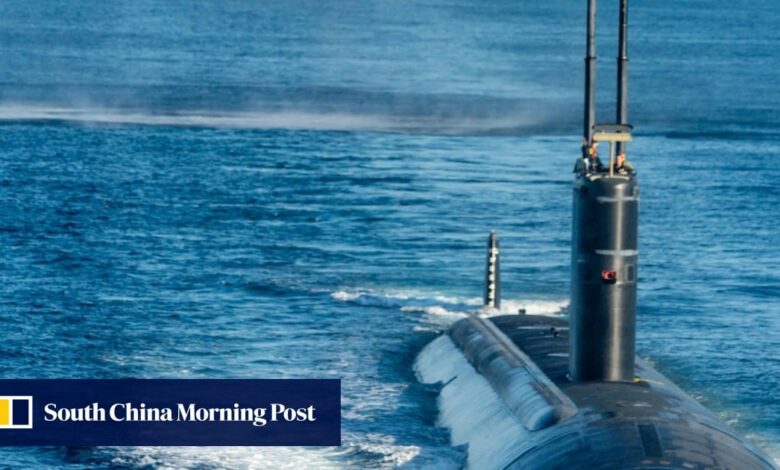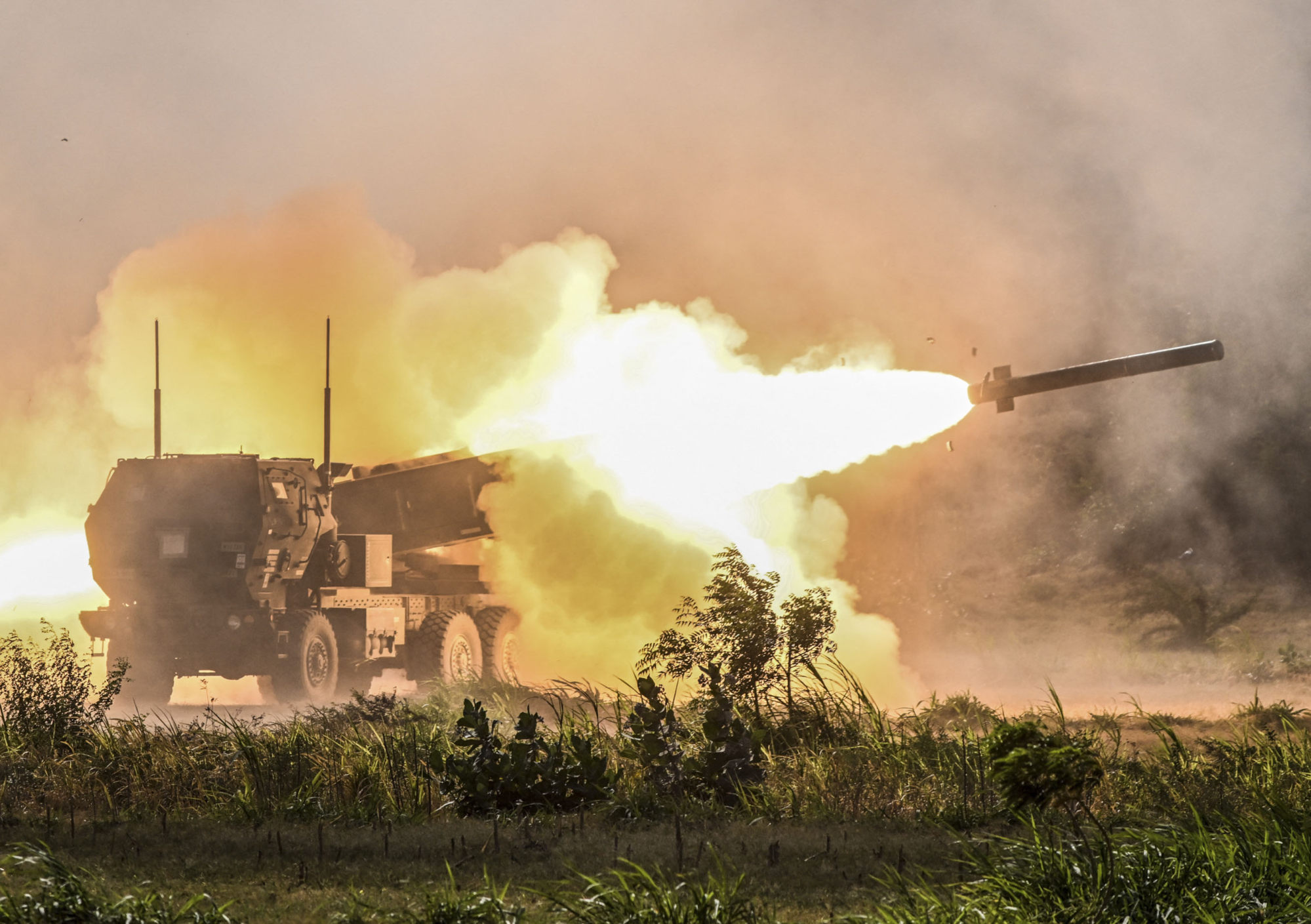Chinese scientists work on powerful new ‘submarine killer’ with eye on US far into South China Sea

[ad_1]
China is believed to have deployed a large number of long-range rocket launchers along its coastline. Some are mounted on warships.
These rockets only go after surface targets, according to openly available information.

But the team at the Unmanned System Research Institute at Northwestern Polytechnical University in Xian, led by Professor Ding Wenjun, believes that with the help of drone technology and artificial intelligence (AI), rocket launchers could become unexpected submarine killers.
Nuclear submarines spend most of their time under the surface of the water. That means they have the ability to come close to China’s coastline and launch surprise strikes on critical infrastructure, leaving little response time for missile defence systems.
“Sending an unmanned platform directly to the mission area will not only consume a lot of travel time, but also reduce the time available for military operations,” said Ding and his colleagues in a paper published in Chinese-language journal Acta Aeronautica et Astronautica Sinica in October.
Meanwhile, a rocket launcher on standby could fire almost instantly. The rocket would have a powered flight distance of up to 200km. Then its payload fairing would open and a drone carrying a smart torpedo would separate from the rocket booster. This would continue flying to the location where the submarine had been detected just a few minutes before.

Nuclear submarines can travel at a high speed. It could be more than 10km away from the coordinates reported by satellite, meaning a conventional torpedo would have a high chance of missing the target.
In the simulation, Ding’s team took a more sophisticated approach. After dropping the torpedo into the water, the drone would start surveying the area with a magnetic anomaly detector. The detector can pick up small disturbances caused by the submarine as it moves through the Earth’s magnetic field.
As the precise coordinates of the enemy submarine would be unknown, the drone and torpedo would need to stay in contact with each other to come up with the best search strategy to find the submarine, in what could be an extremely tight time window.
Nobody knew if the method would work at all, according to Ding, whose university is currently under US sanctions. But the simulated results suggested that a single torpedo could get within two metres of the submarine two to six minutes after splashdown.
The time would depend on which unmanned platform detected the submarine first. In the simulation, if the torpedo could detect the submarine by itself, the target could be hit in less time. But mostly it was using coordinates transmitted by the drone to plan the course of interception.
The performance of the drone and torpedo used in the computer model was based on available technology, the researchers said.
This idea has been around in China for at least three years, with several teams in a race to bring it to life. But engineering challenges include building computer chips powerful enough to run the complex AI algorithm and shielding the drone and torpedo against possible signal jamming.
How to operate a swarm of submarine hunters created by multiple rocket launchers also requires further investigation.
But US nuclear submarines, which are believed to be the quietest and most powerful in the world, can cripple China’s A2/AD strategy, according to some US think tanks.
A few recent war games conducted by Washington suggested that their subs could get behind China’s line of defence and severely damage its coastal cities. And while the US air force and surface fleets would suffer huge damages, the war games showed America would eventually prevail.
In China, detecting and neutralising the US submarine fleet has also become a top priority for the military.
[ad_2]
Source link






